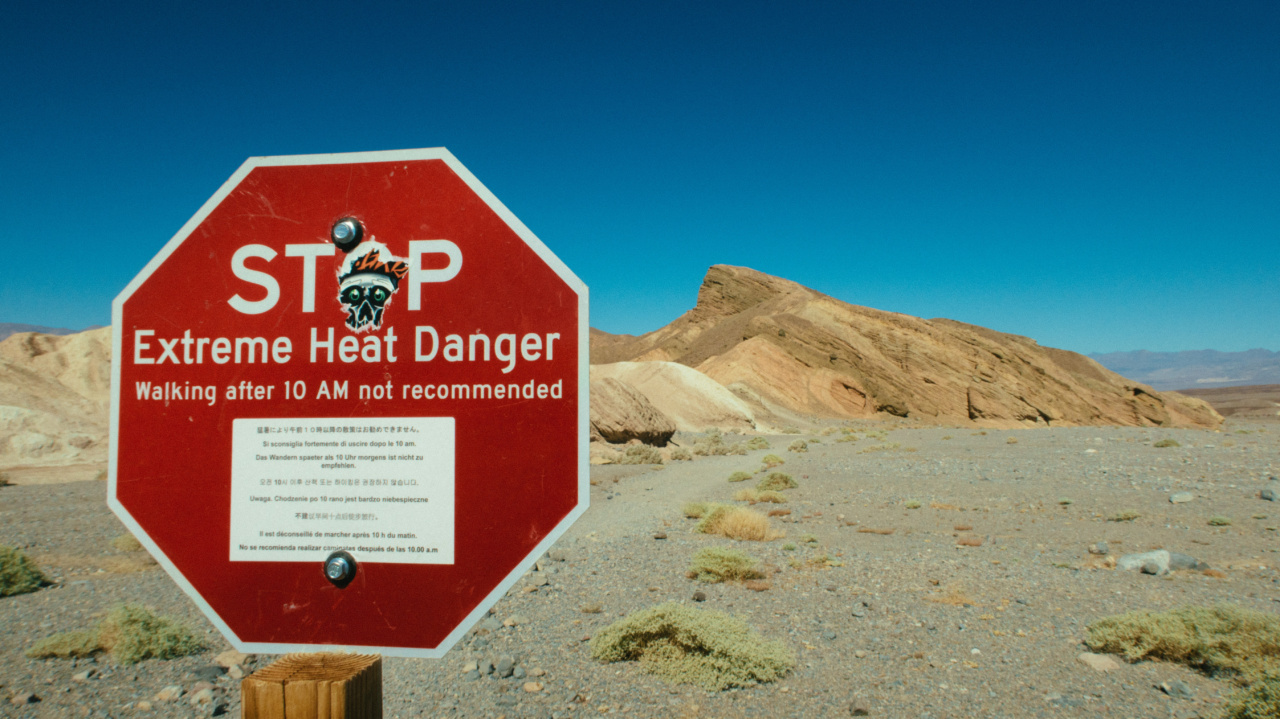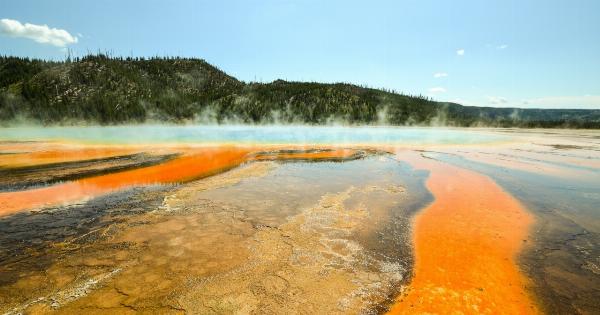As the summer months roll in and temperatures rise, it’s important to be aware of the risks associated with excessive heat exposure. One such risk is heat stroke, a potentially life-threatening condition that can occur when the body overheats.
Recognizing the signs of heat stroke is crucial for immediate intervention and prevention of serious complications. In this article, we will delve deeper into the topic, exploring the signs and symptoms of heat stroke, its causes, and what you can do to stay safe in hot weather.
What is Heat Stroke?
Heat stroke, also known as sunstroke, is a severe form of heat-related illness characterized by a body temperature above 104°F (40°C).
It occurs when the body’s cooling mechanisms are overwhelmed, and it is unable to regulate its temperature effectively. Heat stroke is considered a medical emergency that requires immediate treatment to prevent organ damage or even death.
Signs and Symptoms of Heat Stroke
Recognizing the signs and symptoms of heat stroke is crucial for prompt intervention. Some of the common signs include:.
- High body temperature: A core body temperature above 104°F (40°C) is a primary indicator of heat stroke.
- Altered mental state or behavior: Confusion, agitation, disorientation, seizures, or even coma may occur.
- Hot, dry skin: The skin may feel hot to the touch and appear dry, as sweating may cease in heat stroke.
- Flushed or red skin: The skin may appear red or flushed due to increased blood flow.
- Rapid breathing: A rapid or shallow breathing pattern may be observed.
- Rapid heartbeat: The heart rate may be significantly increased.
- Throbbing headache: Individuals may experience a severe headache.
- Nausea and vomiting: Feeling sick or vomiting can be signs of heat stroke.
- Muscle cramps or weakness: Muscle cramps or weakness can occur due to electrolyte imbalances.
- Seizures: In severe cases, heat stroke can lead to seizures or convulsions.
Causes of Heat Stroke
Heat stroke can be caused by a combination of factors, including:.
- Excessive heat exposure: Prolonged exposure to high temperatures, especially in hot and humid conditions, increases the risk of heat stroke.
- Dehydration: Inadequate fluid intake or excessive sweating without proper replenishment can lead to dehydration, making the body more susceptible to heat stroke.
- Overexertion: Vigorous physical activity or working in high-temperature environments without adequate rest can contribute to heat stroke.
- Age and health factors: Young children, older adults, and individuals with chronic conditions, like heart disease or obesity, are particularly vulnerable to heat stroke.
Preventing Heat Stroke
Prevention is key when it comes to heat stroke. Here are some tips to help you stay safe in hot weather:.
- Avoid prolonged exposure to high temperatures, especially during peak sunlight hours.
- Stay hydrated by drinking plenty of water and avoiding excessive alcohol or caffeinated beverages.
- Wear lightweight, loose-fitting clothing that allows your body to breathe.
- Take regular breaks in shaded or air-conditioned areas, especially if engaged in physical activities.
- Use sunscreen to protect your skin from harmful UV radiation.
- Avoid hot and heavy meals, as they can increase metabolic heat production.
- Never leave children or pets unattended in a parked vehicle, even for a short period.
- Monitor individuals at higher risk, such as the elderly or those with chronic medical conditions.
Treatment and First Aid for Heat Stroke
If you suspect someone is experiencing heat stroke, it is crucial to seek emergency medical care immediately. While waiting for medical professionals to arrive, there are some first aid measures you can take:.
- Move the person to a shaded or air-conditioned area.
- Remove any unnecessary clothing and apply cool water or ice packs to their body.
- Fan the person or create air circulation to enhance heat loss through evaporation.
- Encourage the person to drink cool fluids if they are conscious and able to swallow.
- Avoid giving caffeinated or alcoholic beverages, as they can worsen dehydration.
- Do not administer fever-reducing medications unless instructed by medical professionals.
Conclusion
Heat stroke is a serious condition that requires immediate attention. By recognizing the signs and symptoms, understanding the causes, and taking preventive measures, you can reduce the risk of heat stroke and ensure your safety during hot weather.
Stay informed, stay hydrated, and stay cool!.





























